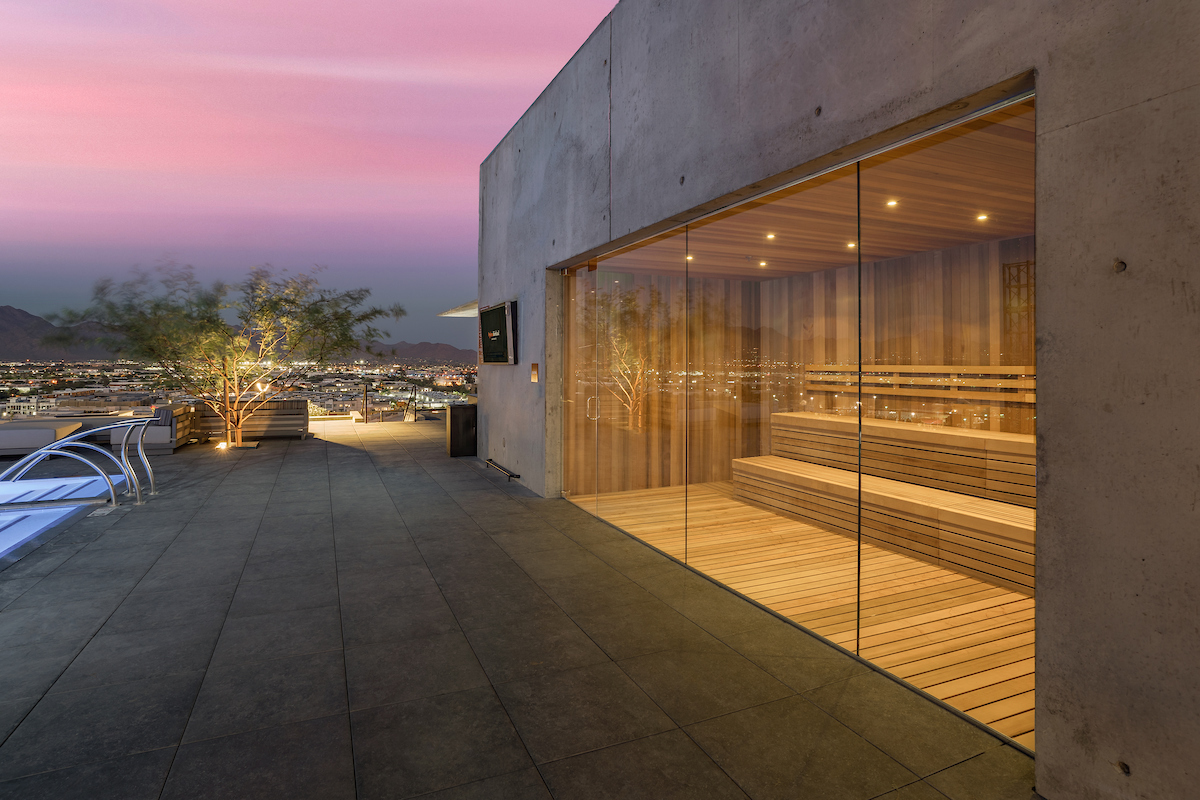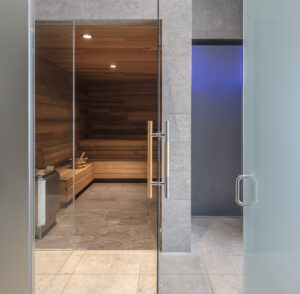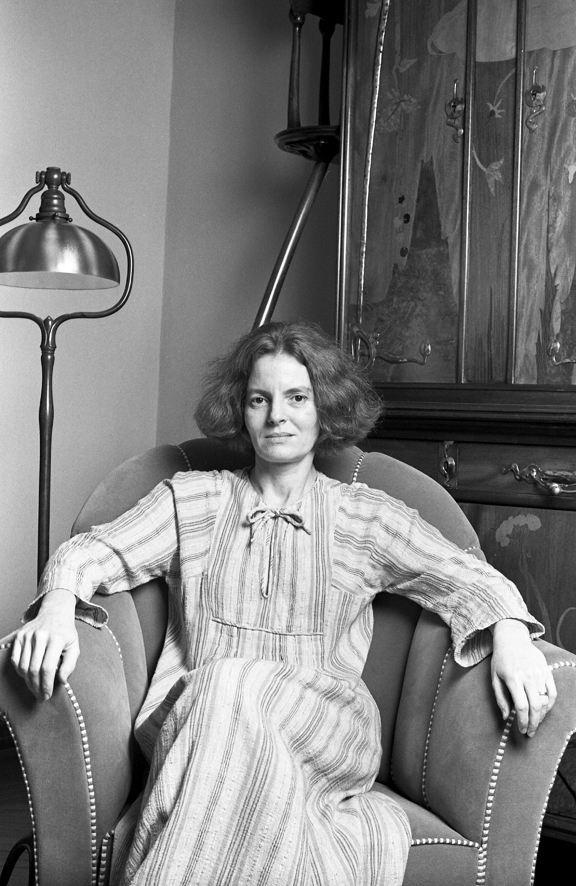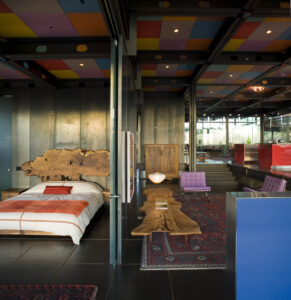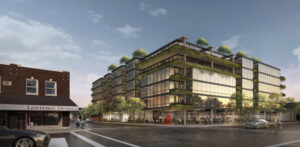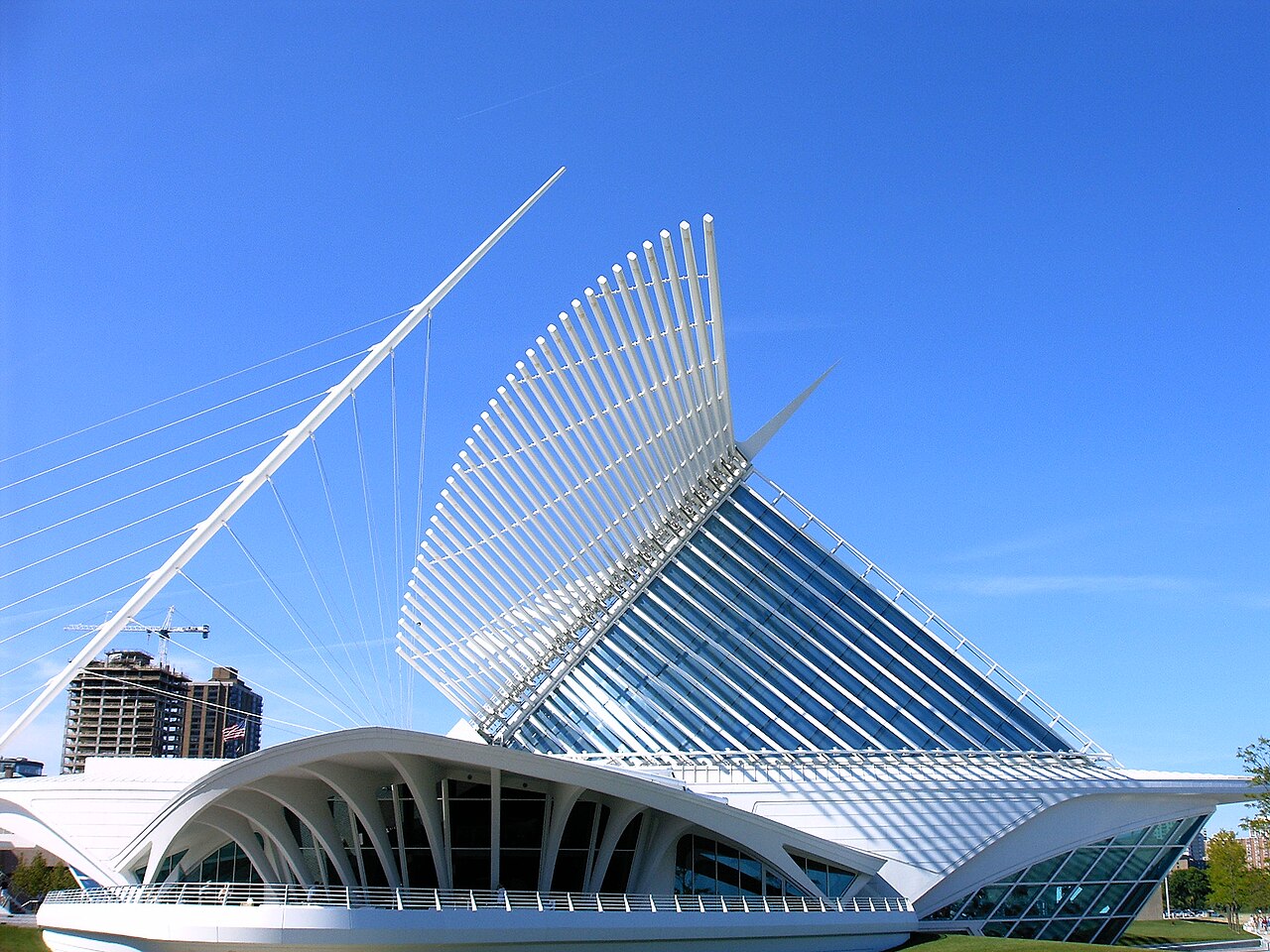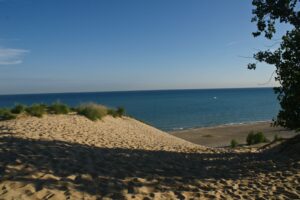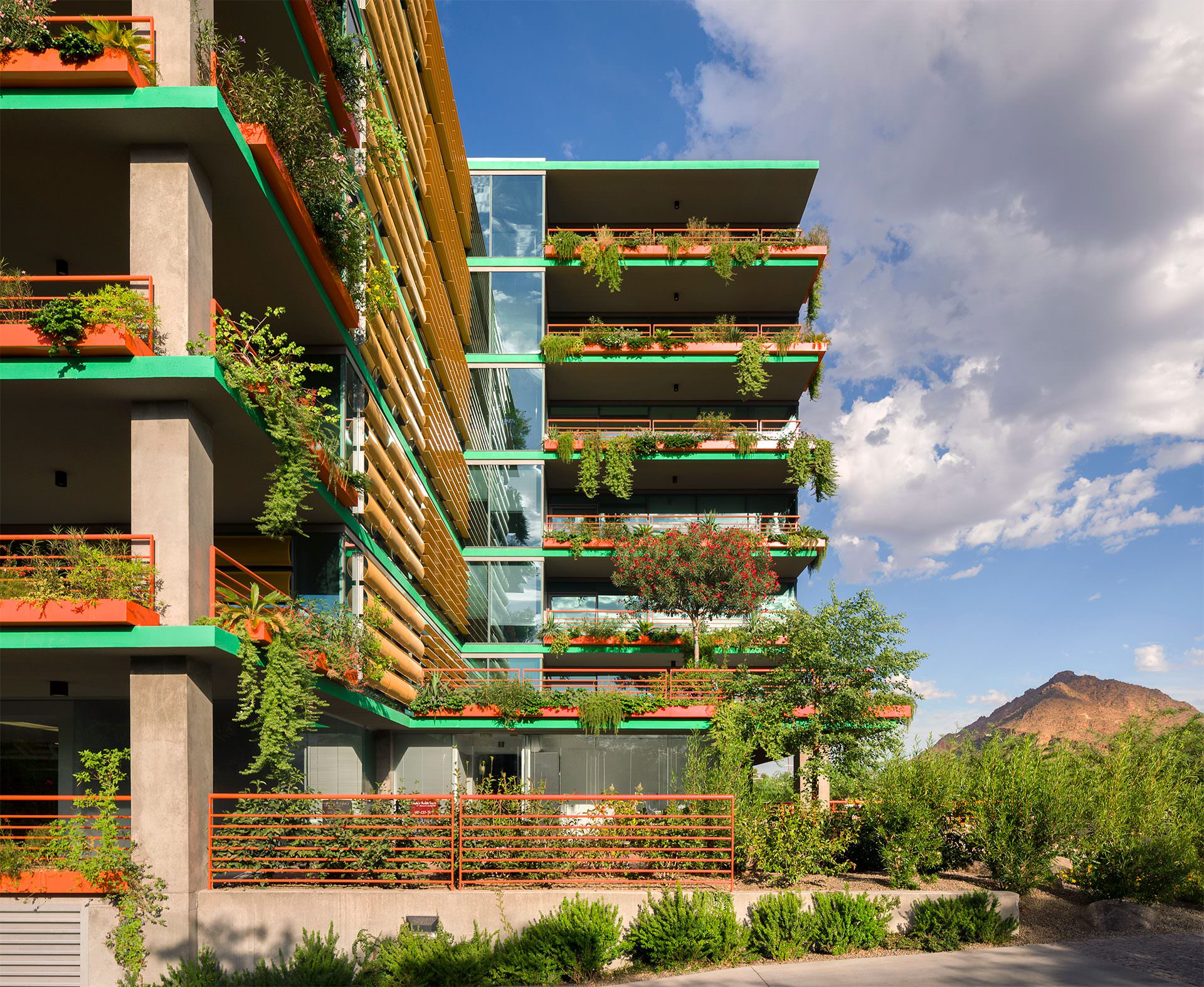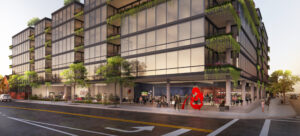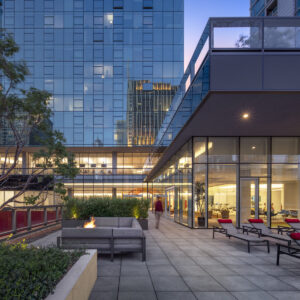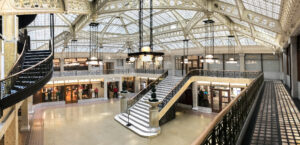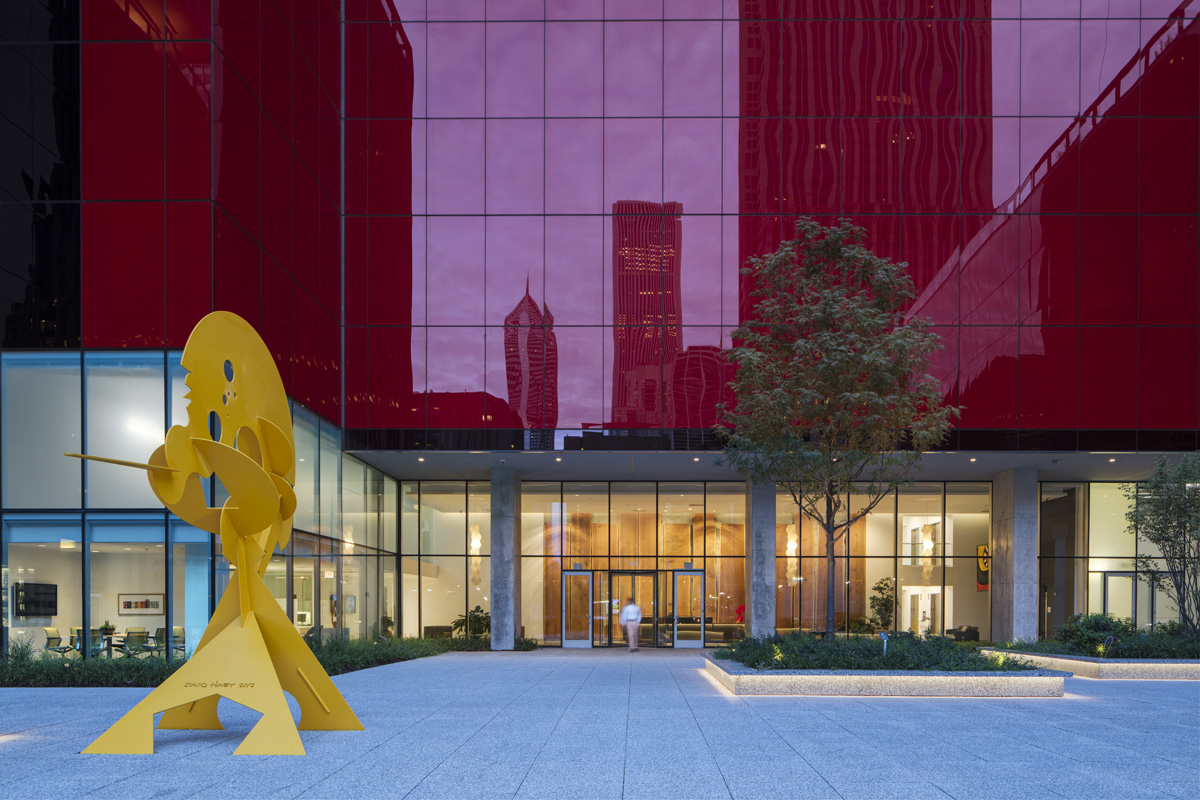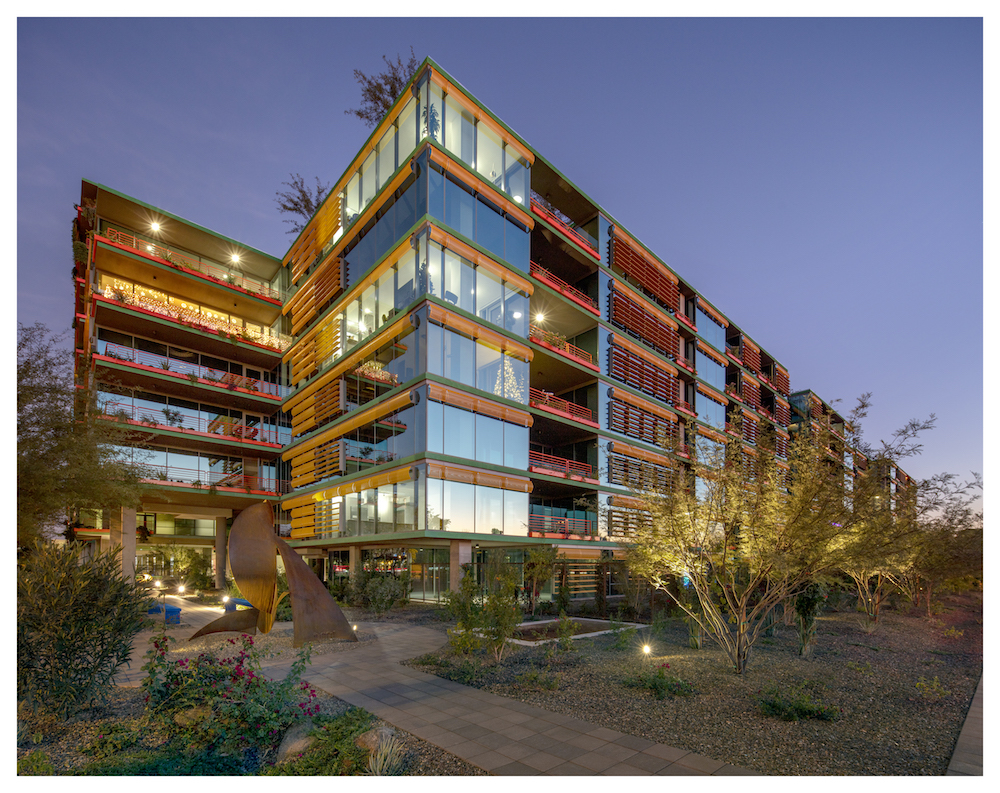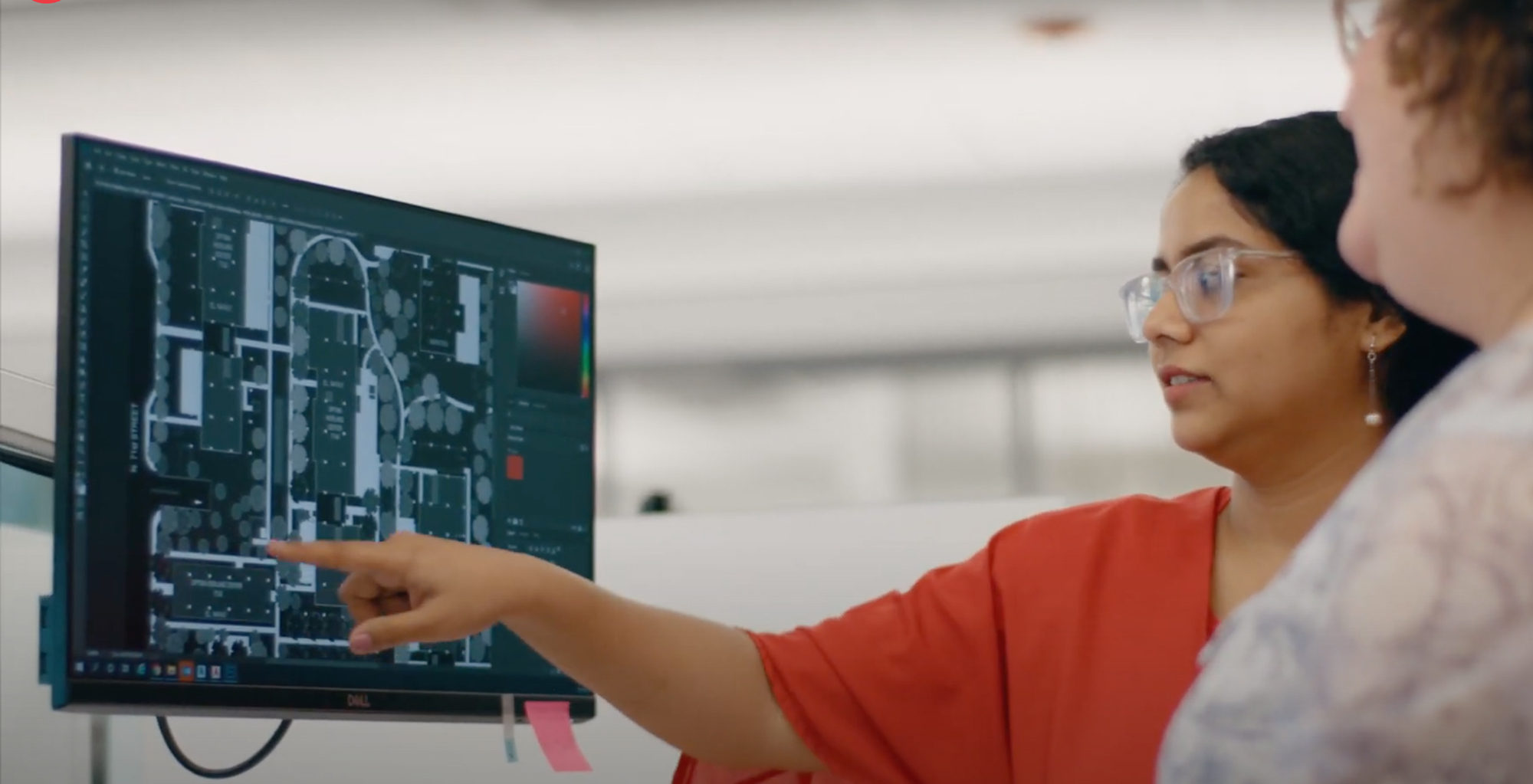Summertime in Chicago brings an abundance of sunshine, blue skies, and long days to spend exploring everything the city has to offer. Optima Signature, located just east of Michigan Avenue’s Magnificent Mile, is perfectly positioned to access the best of the city’s summer activities. Here are just a few of the many adventurous things to do this summer in Chicago:
Farmer’s Markets
Every Tuesday from 7 am – 2 pm through October 26, the Streeterville Organization of Active Residents (SOAR) Farmer’s Market sets up in the plaza of the Museum of Contemporary Art just blocks away from Optima Signature. The SOAR market features a diverse array of local vendors and seasonal produce including Back of the Yards Coffee, a woman and Latinx owned coffee company based in Chicago’s south side, Bennison’s Bakery based out of the North Shore, flowers from Oosterhoff & Son Flowers, and numerous farms from Indiana and Wisconsin.
Of course, a visit to the Museum of Contemporary Art is always fun after a day at the market. The museum champions the new and unexpected in contemporary art and culture and has an exhibit on Chicago Comics: 1960s to Now through October 3.
Just a short bike or bus ride away, the Green City Market in Lincoln Park runs from 7 am to 1 pm on Wednesdays and Saturdays, May through October. The market features sustainable vendors and community programming. Chef’s and vendors offer wholesale pricing on their fresh products and many local restaurants use the market to obtain ingredients.
After visiting the market, be sure to explore the Lincoln Park Zoo, the Lincoln Park Conservatory, and the nature boardwalk.

The Chicago River
Spending a hot day on the water is a perfect Chicago summer activity. Optima Signature’s proximity to the Chicago River makes e-boating or kayaking a perfect outdoor activity.
Urban Kayaks located on the Chicago River Walk provides guided kayak tours and rentals seven days a week through the end of the summer. Chicago Electric Boat Company, also located on the River Walk, offers environmentally-friendly electric boat rentals that can be exhilarating experiences for water novices and experts alike.
Chicago’s River Walk, open until 11 pm, offers beautiful views of the city and the river’s bridges, restaurants, and cafes, and is a perfect place to end a summer day.
For Chicago residents and visitors alike, the summer months are precious. So while we still have these long, warm days and sunny skies, make sure you venture out to enjoy the bounty at the iconic neighborhood farmers markets and the unique access to our namesake river!

